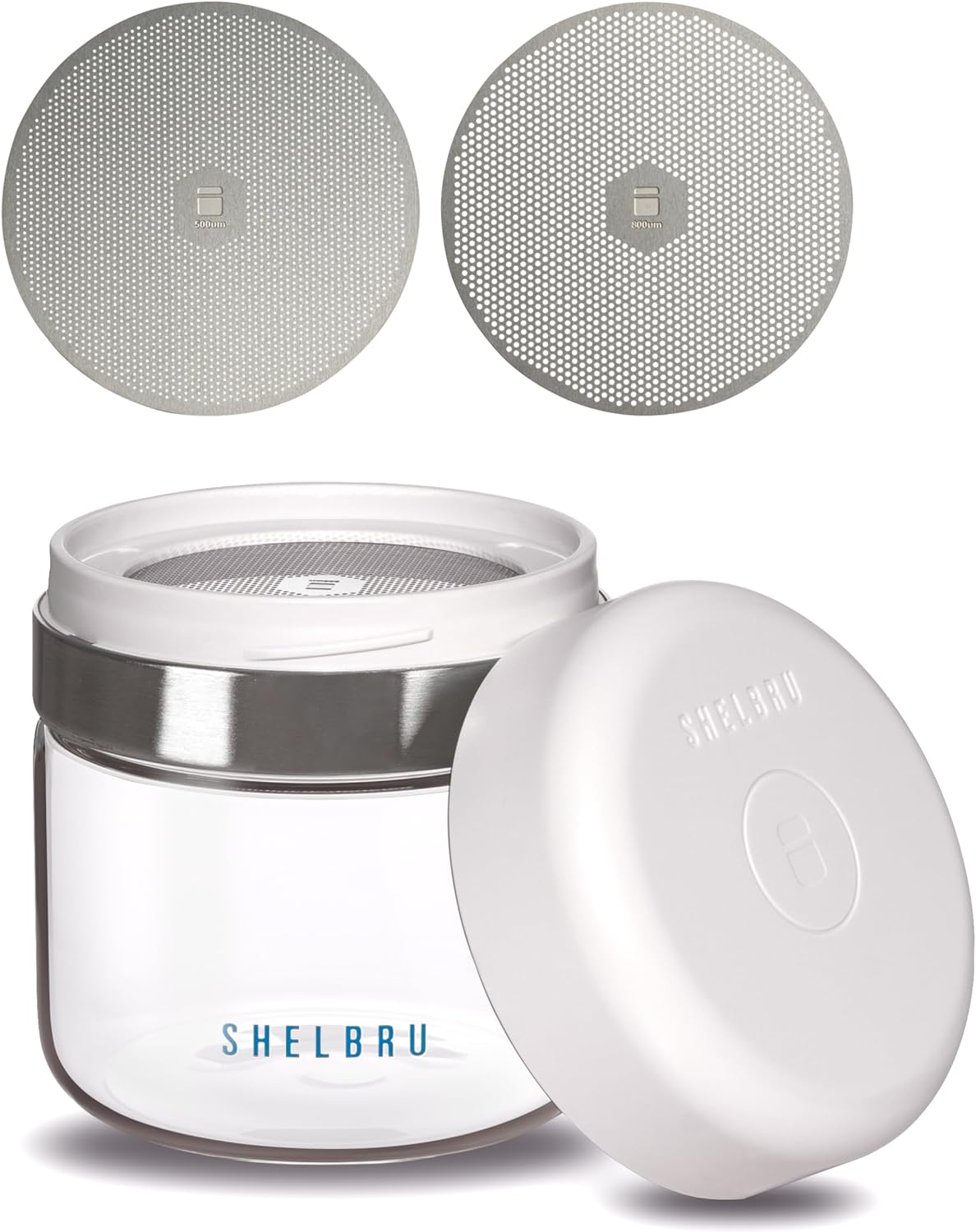A couple of years ago I purchased a Melodrip to see what the fuss was about and experimented with it quite a bit to justify what I think is a fairly hefty price point for a simple device. I tried using it for all my pours, for the last two pours, and for just the last pour. I tried it on flat bottomed drippers, on immersion brewers, on conical brewers. Tried it with single cup brews and multi-cup brews. I lean towards a pretty fine grind typically, and I was enticed by claims that this device could push the grind size even finer without hitting bitter notes. While I think there is some truth to that, I always found that my brews came up a bit more “tea-like” than I preferred. If “tea-like” is your jam, I highly recommend this product! Me, I prefer more “coffee-like” body that comes from the gentle agitation of a good spiral gooseneck pour. I all but shelved the Melodrip, but it remained on a 3d printed stand staring at me daily on my countertop. There was one experiment I hadn’t tried. The Melodrip instructions recommended not using it for the bloom as did many of the recipes I came across online. I had not considered doing anything anti-dogmatic, but in an act of defiance a few months ago I cranked up my kettle (I always like to bloom on the hot side, and I had previously calculated that the aeration from the Melodrip device caused about an instant 7F drop in water temp) and wet my bed. I have been using the Melodrip now for almost all of my blooms and only the bloom! I think it’s perfect for this despite going against the grain of what has been recommended. For a good bloom you want a nice even rapid moisturization of the grounds. There is a high risk of compaction and channeling as a water stream hits the loose grounds with a conventional pour. A controlled, even sprinkle allows for CO2 to escape and minimizes channel formation. I’ve been very happy with the results and have been brewing more consistent cups since using this technique. If you have a Melodrip, and you are not already in love with how you’re using it – give this a shot! Would I buy one just for blooming? That’s a tough one. If you are feeling a bit frustrated with your brew consistency (there are so many factors that can cause this of course) and you like to tinker, I think I really might consider it.
Curious to hear your thoughts be they theoretical or practical.
TLDR;
- Consider trying the MeloDrip Device exclusively for a bloom pour. Crank your kettle temp up 6-7(F) for this.




The drip tray is Tritan, about as inert as plastic gets.